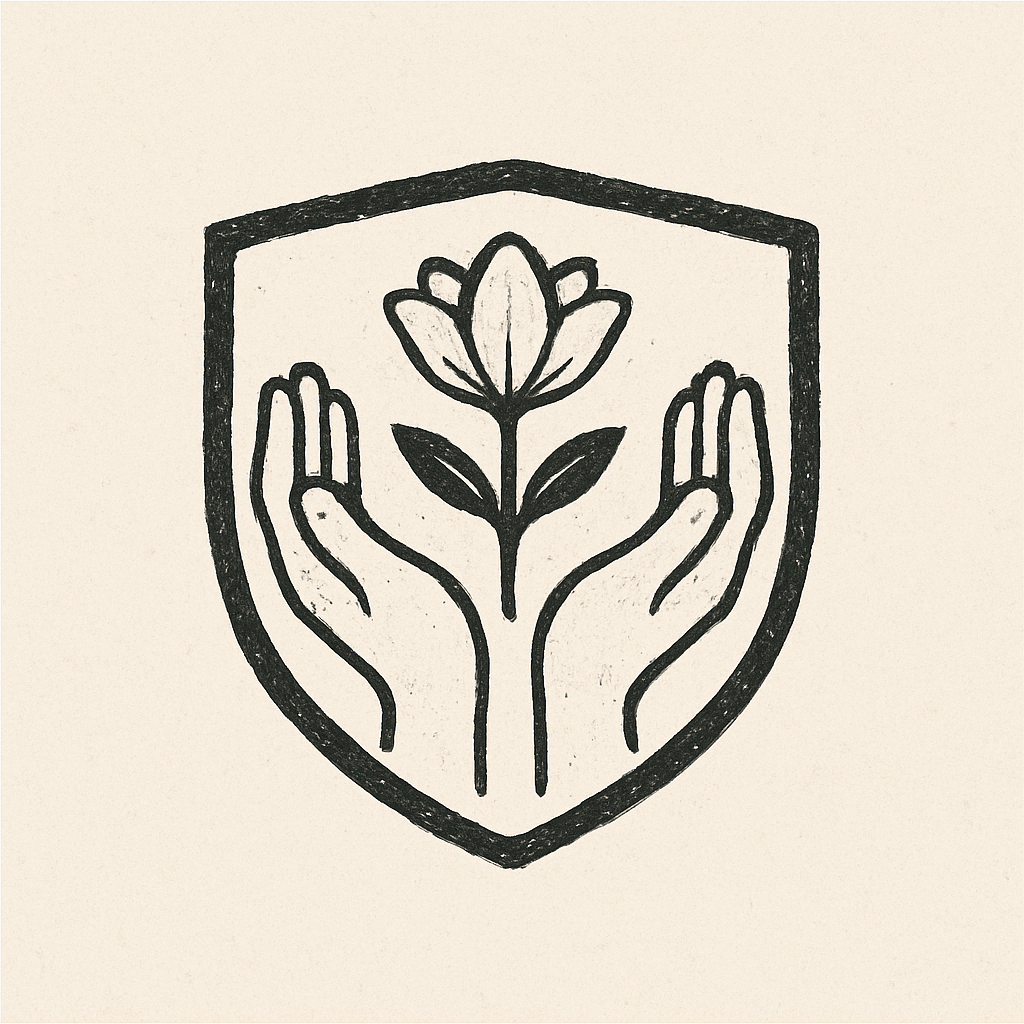Hiruwen
Every wound tended is a vow renewed.
Description of the Church
The Church of Hiruwen, often called The Quiet Mercy, is a gentle and revered institution devoted to healing, care, and the preservation of life. Found in every village and city across Graemor, its temples serve as hospitals, hospices, and sanctuaries, offering care without judgment or cost. To enter a temple of Hiruwen is to step into warm light, hushed voices, and the scent of herbs and hope.
Followers of Hiruwen believe that pain is part of life, but cruelty is not. They do not seek to eliminate suffering entirely—only to ease its burden, and to accompany those who bear it. The Church stands apart from politics and warfare, and its sanctuaries are considered sacred ground by nearly all, even during war.
Clerics of Hiruwen are known as healers, counselors, and midwives. They study both magic and medicine, and are respected as caretakers of both body and soul.
Core Beliefs
- Healing is a divine calling, and no wound is too small to deserve compassion.
- Mercy is sacred, and strength must always serve care.
- Death is natural, but not to be rushed; all life deserves its full measure.
- Suffering must be acknowledged, not ignored or romanticized.
- Even the broken are whole in the eyes of Hiruwen.
Religious Structure
The Church operates like a vast hospice network—decentralized, but deeply connected through shared rites and teachings.
- The Whiteheart – The most venerated healer in the realm, selected not through election but through collective recognition of compassion and miraculous work.
- Lightbinders – Senior clergy who teach healing magic, ethics, and medicine. Often assigned to major cities or pilgrimage sites.
- Sister-Brothers of Mercy – Clergy who run temples, treat the sick, and guide others in grief or spiritual despair.
- Wanderers of the Veil – Itinerant healers who bring Hiruwen’s care to the wounded, the poor, and the forgotten.
- Hands in Bloom – Novices who study anatomy, healing arts, herbalism, and empathy before being entrusted with others' care.
Rituals and Practices
- The Touch of Grace – A ritual laying-on of hands to soothe pain or fear.
- Veil of Mourning – A rite of comfort for those grieving, involving shared silence and candlelight.
- The Salvefast – A cleansing ritual where healers purify themselves before performing sacred operations or major acts of healing.
- The Cradlefire – A birth ritual where newborns are blessed with warmth, safety, and a name.
Followers
- Healers and midwives, both magical and mundane.
- Caretakers, counselors, and nurses, devoted to alleviating others’ burdens.
- Pacifists and diplomats, who seek peace and protection over punishment.
- Wounded warriors or trauma survivors, who find comfort and hope in recovery.
Temples
Temples of Hiruwen are quiet, warm, and filled with herbal gardens, recovery chambers, prayer lanterns, and healing altars.
Every temple contains:
- The Mercy Flame, lit during births, deaths, and recoveries.
- The Circle of Care, where patients are surrounded by comforters during moments of pain.
- The Archive of Sorrows, where stories of loss and healing are recorded and preserved for reflection and learning.
Conflict and Controversy
- Sometimes criticized by Aergethyr’s clergy, who view its compassion as too forgiving.
- Occasionally challenged by followers of Vaksyrna, who see death as necessary when healing prolongs suffering.
- Despised by Klavik’s worshippers, who consider mercy a form of weakness.
Strict internal ethics debates between:
- Merciful Absolutists, who refuse all violence, and
- Guardians of Mercy, who permit protective force in defense of life.
Relationships with other gods
Central Architect: Hiruwen was imagined the moment a wounded child was comforted, or when an artist wept for someone else’s pain. She is not dramatic, but constant—the divine force of mending, of choosing compassion over conquest. Her power is gentle but unyielding, and some say she was born in the silence after a war song ended.
Relationship with Vaksyrna (death and rebirth): Spiritual kin. Hiruwen tends the living; Vaksyrna prepares the dying. They do not oppose each other—they form a cycle. In rare temples, their priests work together, guiding souls from healing into death or from death back into healing.
Rivalry with Rahkin (disease, decay): Professional tension. Rahkin says she hides the truth of suffering; she claims he worships the wound instead of the recovery. And yet, they understand each other deeply—both walk among the dying when others flee.

Symbol: A pair of open hands, palms facing outward, holding a blooming flower between them.
Meaning: Healing through care, growth through protection.
Areas of Concern: Healing and redemption
Edicts: Offer comfort before correction. Treat the wounded without judgment. Heal with patience, not pride. Accept help when you need it.
Anathema: Inflicting harm or neglecting those in need
Divine Attribute: Wisdom or constitution
Devotee Benefits:
Cleric Spells: 1st: soothe, 4th: mountain resilience, 6th: vibrant pattern
Divine Font: Heal
Divine Sanctification: Can choose holy
Divine Skill: Medicine
Domains: Family, healing, magic, perfection
Favored Weapon: Staff



Comments